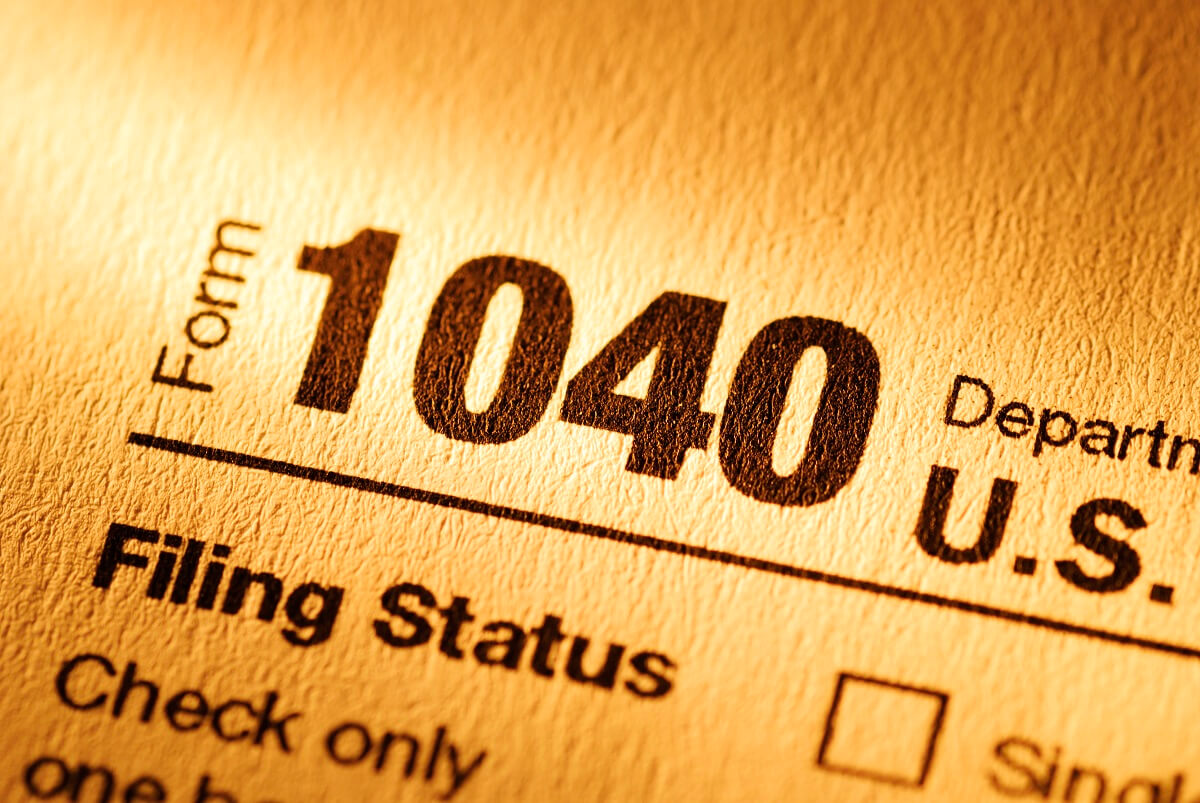Home>Finance>Wash Sale: Definition, How It Works, And Purpose


Finance
Wash Sale: Definition, How It Works, And Purpose
Published: February 17, 2024
Learn the definition, workings, and purpose of wash sale in finance. Discover how this practice affects investors and traders in the market.
(Many of the links in this article redirect to a specific reviewed product. Your purchase of these products through affiliate links helps to generate commission for LiveWell, at no extra cost. Learn more)
Understanding Wash Sale: Definition, How It Works, and Purpose
Finance is a vast field, encompassing various aspects that can greatly impact our wealth and financial decisions. One important concept to be acquainted with is the wash sale. What exactly is a wash sale, how does it work, and what is its purpose? In this blog post, we will delve into these questions and provide you with a comprehensive understanding of this particular financial term.
Key Takeaways:
- A wash sale refers to a transaction in which an individual sells or trades a security at a loss and repurchases it within a specific timeframe.
- The primary purpose of a wash sale rule is to prevent individuals from capitalizing on tax benefits by artificially creating losses.
Now that we’ve established the key takeaways, let’s dive deeper into the definition and working of a wash sale.
What is a Wash Sale?
A wash sale refers to a transaction in which an individual sells or trades a security at a loss and repurchases it within a specific timeframe, typically 30 days before or after the sale. This means that the investor doesn’t genuinely exit the position but instead aims to manipulate their taxable income.
In simpler terms, a wash sale occurs when someone sells an investment that has experienced a decline in value, only to buy it back shortly after to maintain their original position. By doing this, they create a superficial loss that can be used to offset other capital gains or taxable income.
How Does a Wash Sale Work?
Let’s understand the working of a wash sale with an example:
- John purchases 100 shares of XYZ Company at $50 per share.
- After a while, the value of XYZ Company’s shares declines, and John decides to sell them at $40 per share, incurring a loss of $10 per share.
- However, instead of staying out of the market, John repurchases 100 shares of XYZ Company at $45 per share within the 30-day wash sale window.
- As a result, John records a superficial loss of $10 per share from the initial sale, even though he continues to hold the shares.
The wash sale rules apply to individual and tax-advantaged accounts, including individual retirement accounts (IRAs) and Roth IRAs. These rules are designed to ensure fair taxation and prevent individuals from manipulating the system to their advantage.
The Purpose of a Wash Sale
The primary purpose of a wash sale rule is to prevent individuals from capitalizing on tax benefits by artificially creating losses. It aims to ensure that investors are not claiming tax deductions for losses disguised as wash sales while still maintaining their original positions.
By disallowing the recognition of these artificial losses, the tax code attempts to maintain fairness in the system and prevent abuse. This rule ensures that deductions are valid and that taxes are appropriately assessed based on actual gains and losses.
Conclusion
Understanding the concept of a wash sale is crucial for anyone seeking to navigate the complexities of finance. By recognizing what a wash sale is, how it works, and its purpose, investors can make informed decisions while adhering to tax regulations.
Remember, while legal ways to minimize taxes do exist, it is essential to stay within the scope of the law and engage in responsible financial practices. By being aware of the wash sale rules and other tax regulations, you can protect your financial interests while maintaining compliance.














